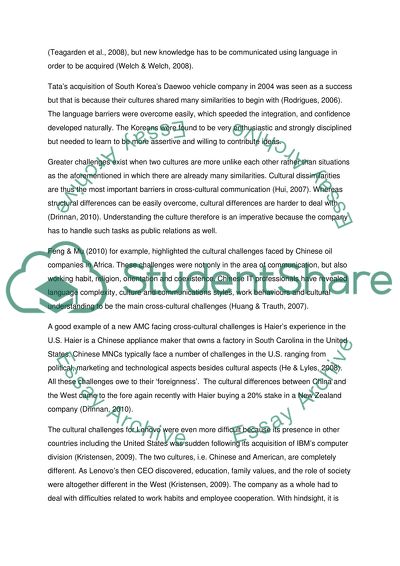Cite this document
(Barriers Cross-Cultural Communication Case Study, n.d.)
Barriers Cross-Cultural Communication Case Study. Retrieved from https://studentshare.org/culture/1571166-barriers-cross-cultural-communication
Barriers Cross-Cultural Communication Case Study. Retrieved from https://studentshare.org/culture/1571166-barriers-cross-cultural-communication
(Barriers Cross-Cultural Communication Case Study)
Barriers Cross-Cultural Communication Case Study. https://studentshare.org/culture/1571166-barriers-cross-cultural-communication.
Barriers Cross-Cultural Communication Case Study. https://studentshare.org/culture/1571166-barriers-cross-cultural-communication.
“Barriers Cross-Cultural Communication Case Study”. https://studentshare.org/culture/1571166-barriers-cross-cultural-communication.


